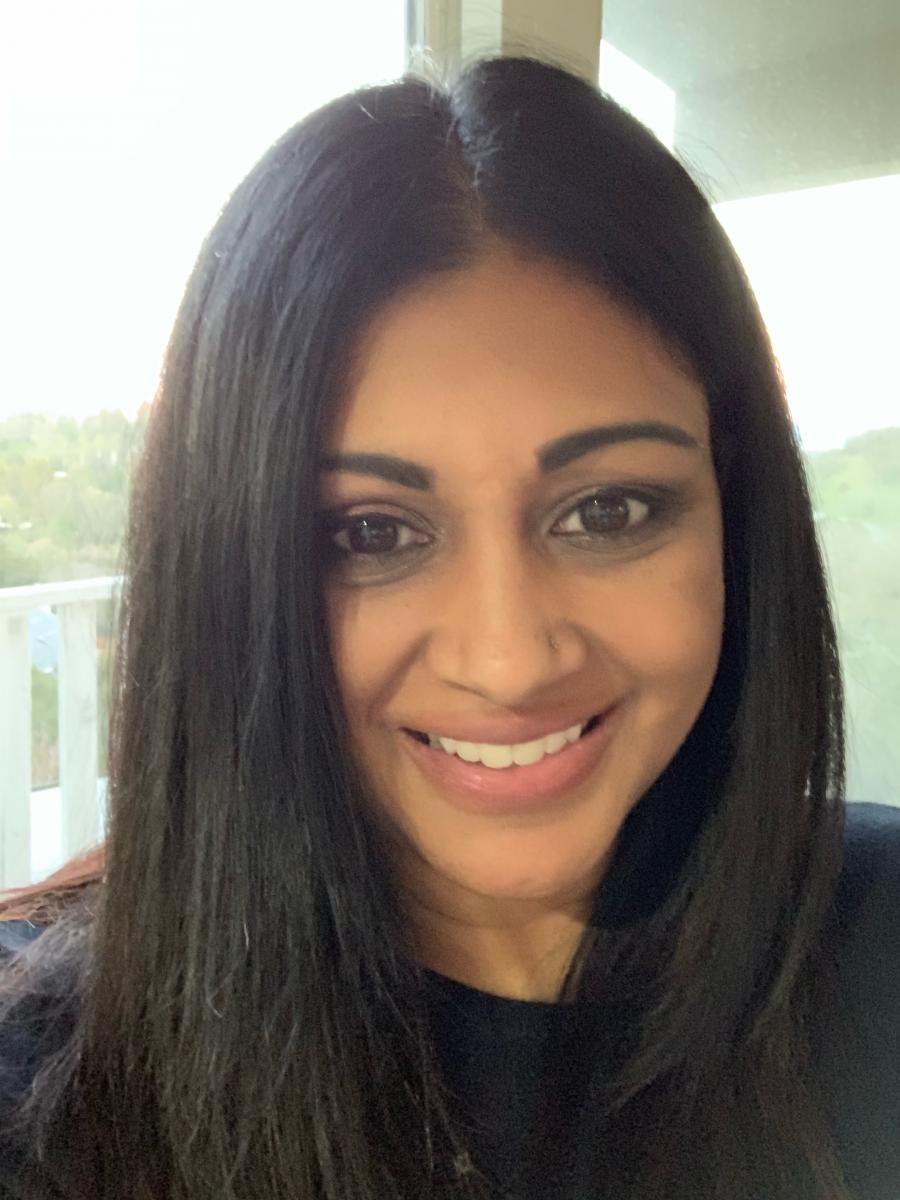One Year of Ebola in DRC: What Makes the North Kivu Province Outbreak Distinct?
August 1, 2019, marks the 1 year anniversary of the North Kivu Ebola outbreak.
Krutika Kuppalli, MD, is no stranger to Ebola. Kuppalli, the incoming vice chair of the Infectious Diseases Society of America’s Global Health Committee, served as medical director of the Ebola Treatment Unit of the Port Loko Government

Krutika Kuppalli, MD
Hospital in Sierra Leone from 2014 to 2015.
As the Ebola outbreak in the Democratic Republic of the Congo (DRC) has been ongoing for 1 year, Contagion® spoke to Kuppalli, also an affiliated assistant clinical professor in the Division of Infectious Diseases and Geographic Medicine at Stanford University School of Medicine, about the outbreak and what makes is distinct from the West African Ebola outbreak.
Interview transcript (modified slightly for readability):
Contagion®: How is community mistrust affecting the ongoing outbreak?
Kuppalli: The intersection of complex social and political dynamics, in combination with the emergence of an Ebola outbreak in an area of the country with no prior experience with it, has led to numerous challenges. A recent population-based survey of 961 adults in Beni and Butembo confirmed low levels of trust in the government and widespread belief in misinformation regarding Ebola. Surveyors found that misinformation about Ebola was common, and 25.5% of respondents believed it did not exist, 32.6% thought it was fabricated for financial gains, and 36.4% thought it was fabricated to destabilize the region. Overall, 45.9% believed any of the 3 statements. The baseline lack of trust and misinformation is only exacerbated by ongoing violence and insecurity.
Major violent events, such as the September 2018 attack on civilians in Beni, violence surrounding the presidential elections, more frequent targeted violence toward response teams and health care facilities, and the recent killing of Dr. Richard Mouzoko, have perpetuated community distrust and negatively impacted transmission control. The increased incidence of violent attacks and [their] effect on the outbreak is reflected in the numbers: It took 224 days to get from 0 to 1000 cases and only 71 days to get from 1000 to 2000 cases. The violence is a circle, and as long as it continues, [it] will erode community engagement and trust, thereby making it very difficult to see how we will control this outbreak.
Contagion®: What steps can be taken to control an outbreak of this magnitude that is also in a war zone?
Kuppalli: Given the poor health care infrastructure, we should invest in developing and reinforcing essential health care services as this will have a long-term meaningful impact on building community trust. We also need to develop a community-based response that incorporates community leaders [and] traditional healers and is based on the needs of the people, as this will empower them. Finally, we should consider the cultural context of “outbreak” and how we can incorporate and adapt response-related activities so they are more in line with what the community is accustomed to rather than what we think of as being “normal.”
Contagion®: How does authorized use of the Ebola vaccine and experimental therapies come into play in this outbreak?
Kuppalli: The use of medical countermeasures has been one of the success stories of the current outbreak. The first vaccinations with the Merck rVSV-ZEBOV-GP vaccine began on August 8, 2018, only 8 days after the outbreak in North Kivu and Ituri provinces [was] declared. The success of the vaccination has been critical in preventing this outbreak from being much worse, with over 130,000 individuals in NE [North Eastern] DRC immunized as of June 4, 2019.
In addition to the vaccine, there are 4 candidate therapeutics (Remdesivir, MAb114, ZMapp, and REGN-EB3) offered to those with laboratory-confirmed Ebola virus disease. These medications were initially offered to patients via a compassionate use protocol, and since November 2018, [they have] also been available via a randomized controlled trial being sponsored by [the] National Institutes of Health. Integration of research into the outbreak response, although complex, is absolutely necessary as it has allowed for further assessment and development of medical countermeasures. This has allowed for enhanced control of the outbreak, thus saving lives and preventing this devastating epidemic from being much worse than it is.
Contagion®: In your opinion how is this outbreak different from the 2014-2016 West African outbreak?
Kuppalli: The greatest difference in the current DRC outbreak compared to the West African outbreak is the insecurity and targeted violence at response teams and facilities. One of the turning points in this outbreak was in September 2018 when 21 civilians were attacked and killed in Beni by ADF [Allied Democratic Forces]. This led to a halt in Ebola-related activities, allowing for potential cases and contacts to travel unmonitored through the region. The effects have shown to be catastrophic, since 1 positive case in Ebola can shift the momentum of the outbreak. Since then, the onslaught of attacks has increased and not only been directed toward frontline workers, but also health care facilities, leading MSF [Médecins Sans Frontières/Doctors Without Borders] to close centers in Katwa and Butembo in February 2019. In comparison, I was the medical director of an Ebola treatment unit in Sierra Leone during 2014 and never had concerns of being attacked. Although there were rumors in the community about the virus, I never felt as if my safety or well-being was at risk while trying to take care of sick patients.
